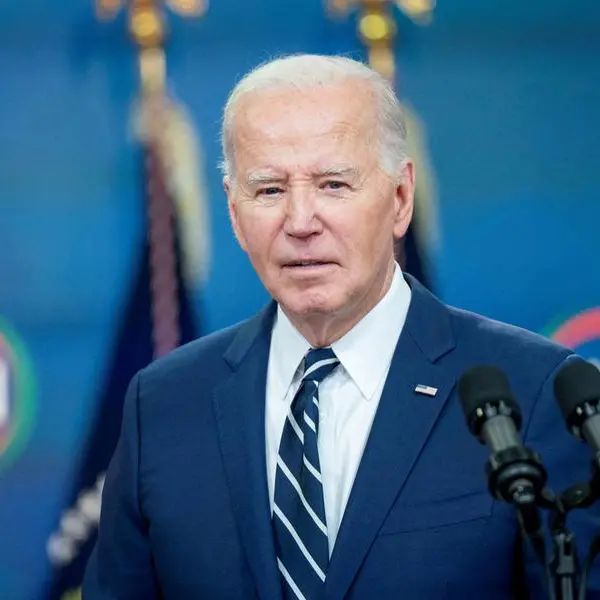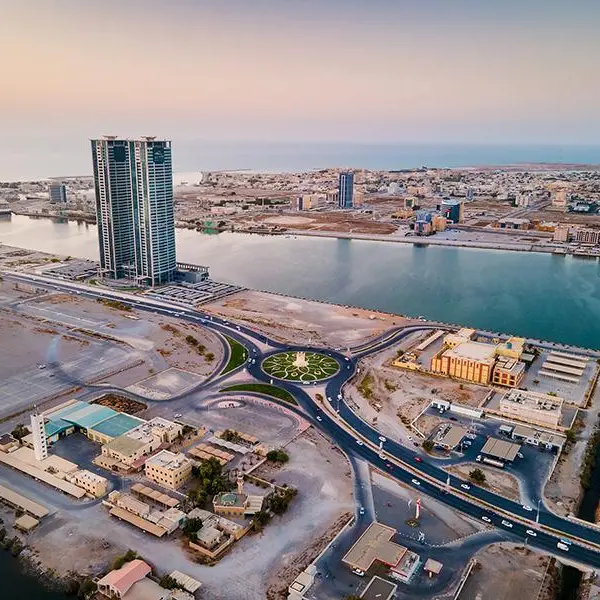Sunday, Aug 30, 2015
Dubai: Oman’s banking system outlook remains strong, supported by stable asset quality, healthy levels of capitalisation and profitability, as well as a stable funding structure underpinned by high levels of government deposits and sound liquidity buffers.
According to data from the Central Bank of Oman (CBO), non-performing loans amounted to 2 per cent of total loans as of end-2014. The banking sector-wide risk-weighted capital adequacy ratio was 16.2 per cent, above the Central Bank of Oman’s minimum requirement of 12 per cent.
Oman has run persistent current account surpluses in the past, averaging 7.1 per cent of gross domestic product (GDP) between 2007 and 2014. “Given the country’s very high external break even oil price, which according to IMF [International Monetary Fund] stood at $92.2 (Dh338) per barrel in 2014 — by far the highest among GCC [Gulf Cooperation Council] member countries, we think that Oman’s external current account balance will deteriorate rapidly this year,” Steffen Dyck, a senior analyst at Moody’s, said.
A mitigating factor is the country’s external vulnerability indicator (EVI). The EVI, which compares short-term external liabilities with available official foreign reserves, remains at safe levels of well below 100 per cent.
Total reserves, excluding gold at the CBO, grew in 2015 to $19.5 billion as of May from $16.3 billion in December 2014. Although increasing, government debt will remain at comparatively low levels, lower revenues mean the government will need to either draw on its reserves or issue more debt to finance the projected deficit.
The Ministry of Finance expects savings from previous years surpluses (about OMR1 billion, Dh9.5 billion), financing from government reserves (OMR700 million), net grants from foreign donors (OMR200 million), net international borrowing (OMR200 million), and borrowing from the local market (OMR400 million) to cover the projected deficit.
The budget statement last year mentions issuance of Islamic Finance instruments for financing the deficits and to develop the domestic market. Given its low indebtedness — government debt stood at around 5 per cent of GDP in 2014 — Oman has some room to finance budget deficits via increased debt issuance. Even with projected increases in the government debt-to-GDP ratio to about 20 per cent by the end of 2016-17, Oman’s government debt level will still compare favourably with A-rated peers’ median.
Government debt affordability is high despite short average term-to-maturity. There has been no issuance of Government Development Bonds (GDB) from 2005 to 2008. The first GDB was an OMR80 million bond in early August 2008, with a maturity of five years. Between 2010 and 2014, average annual gross issuance of GDBs has grown to OMR206 million. The amount issued in 2015 has already reached OMR500 million, and for the first time since 2012, the government has issued a ten-year tenor.
By Babu Das Augustine Banking Editor
Gulf News 2015. All rights reserved.











